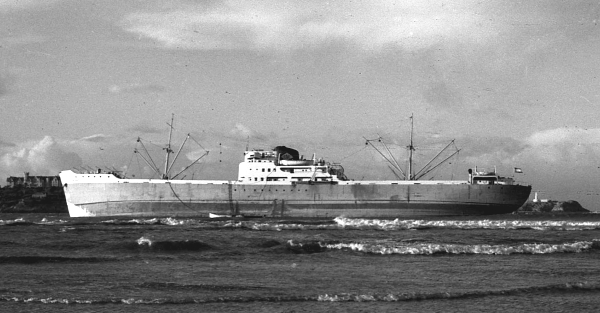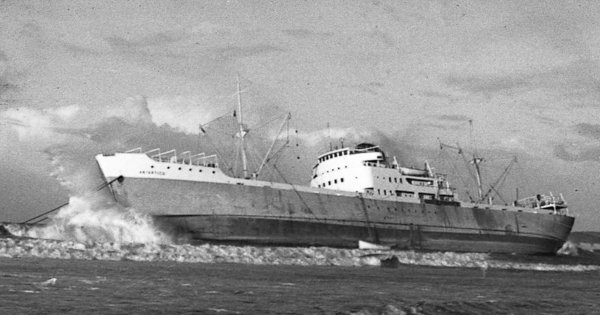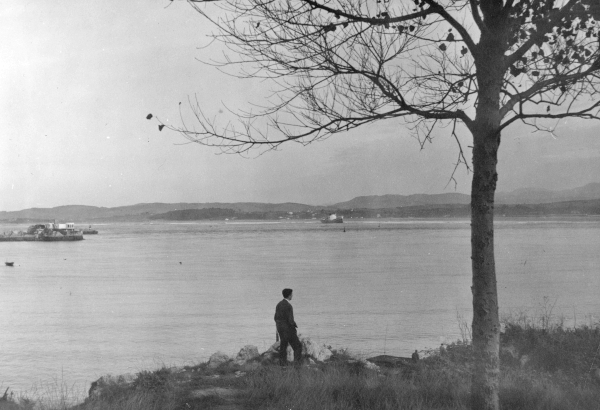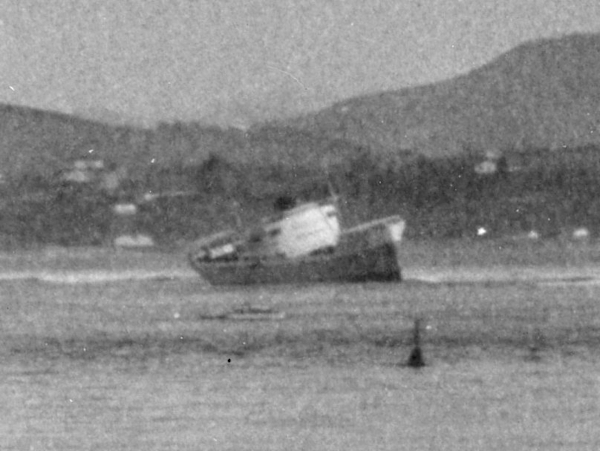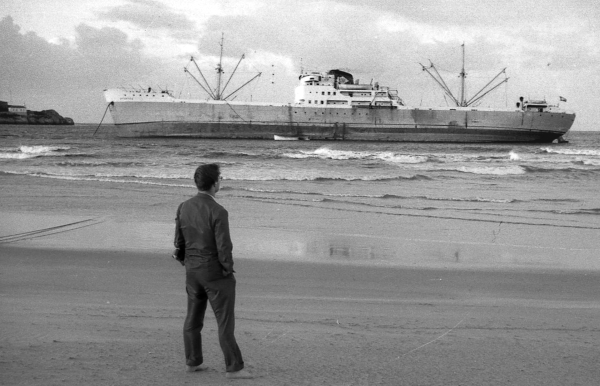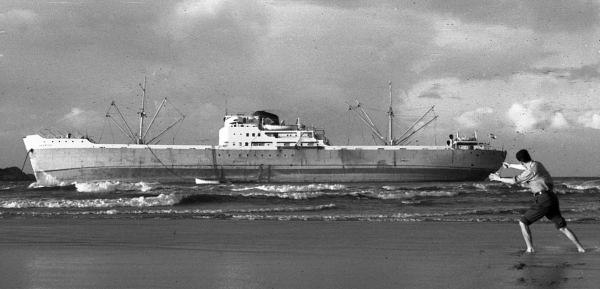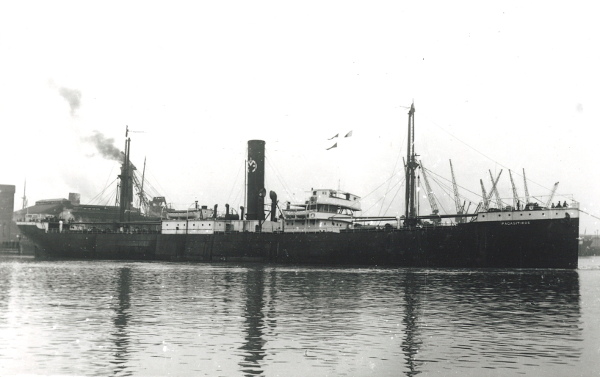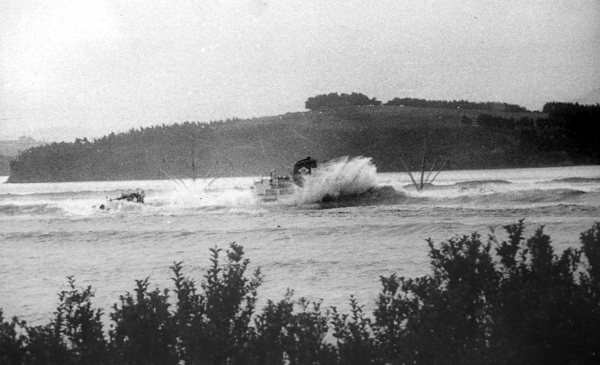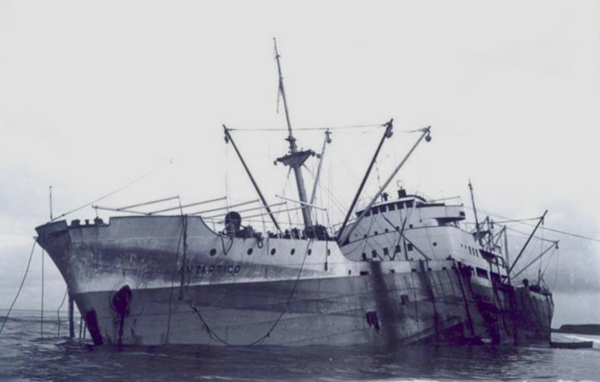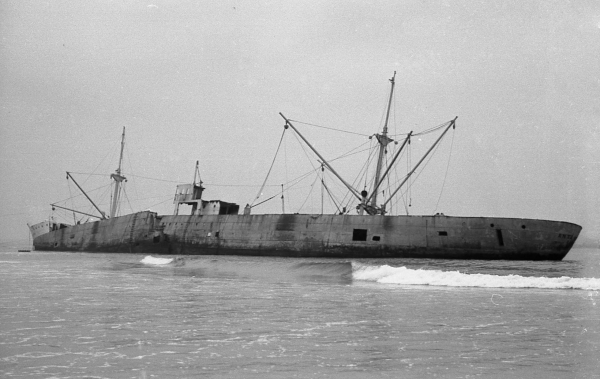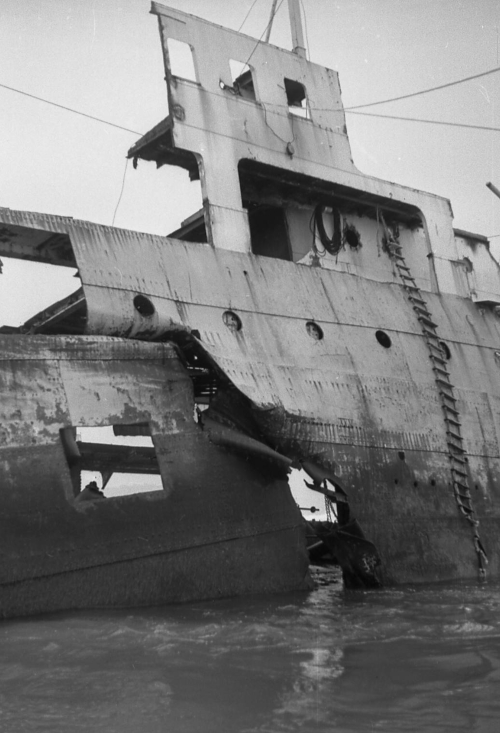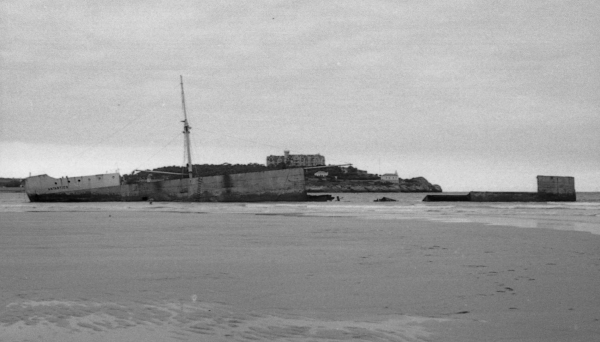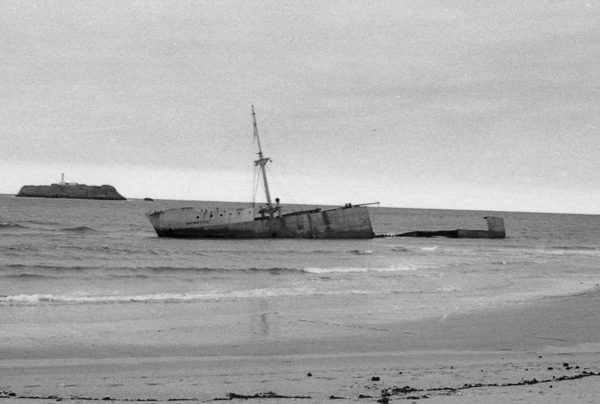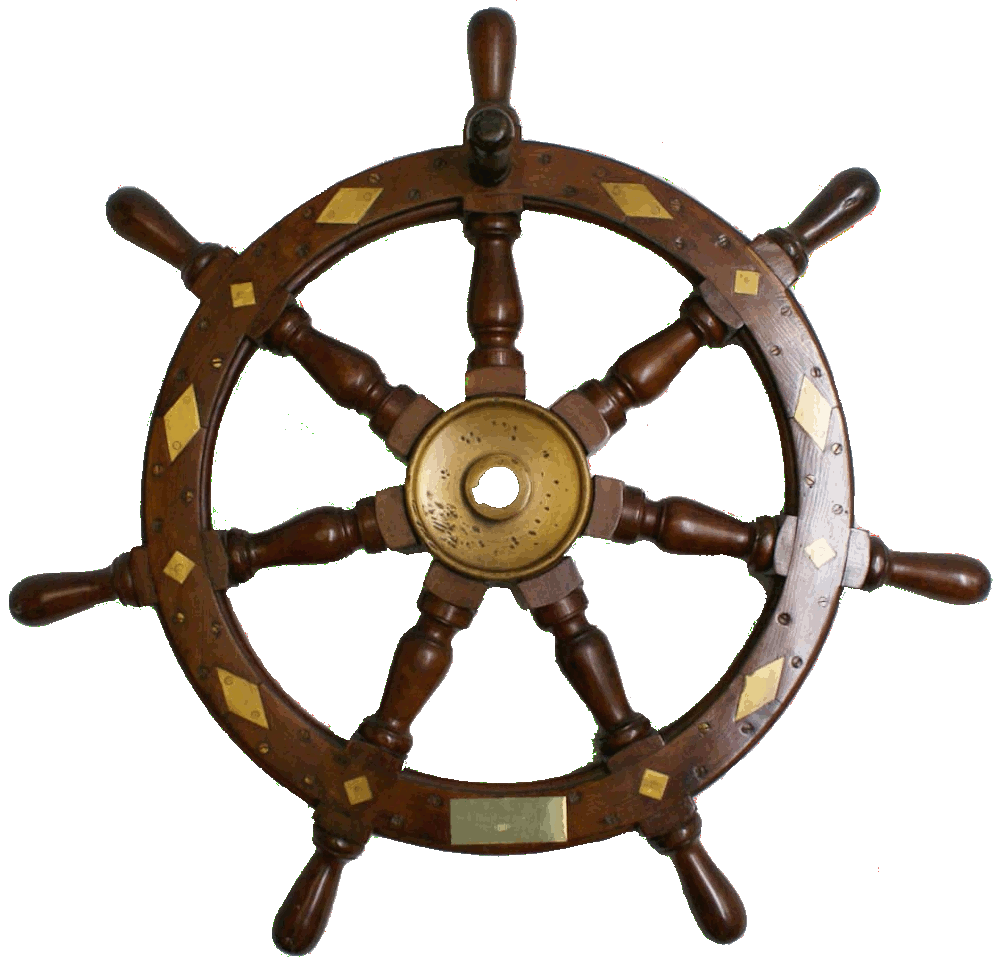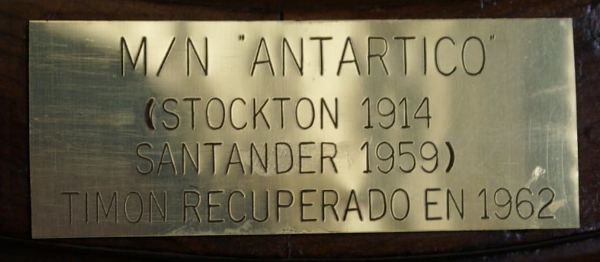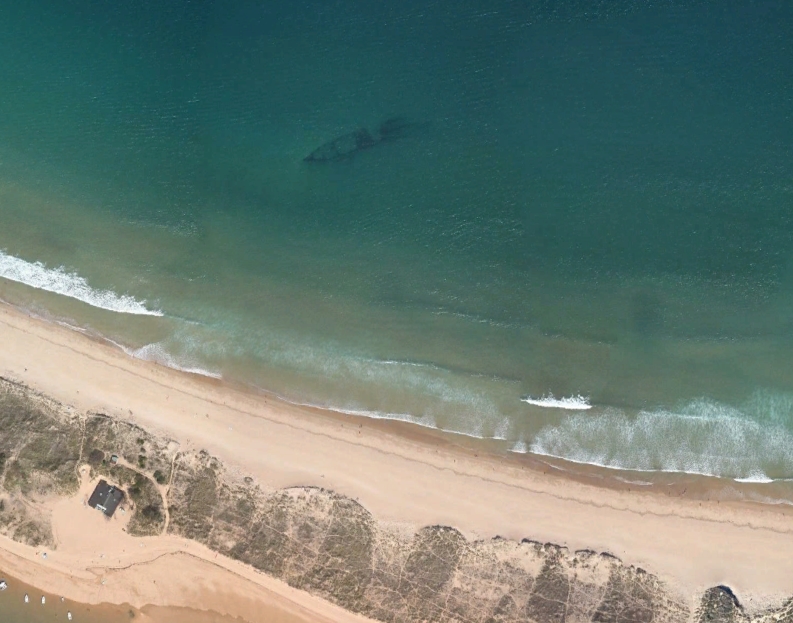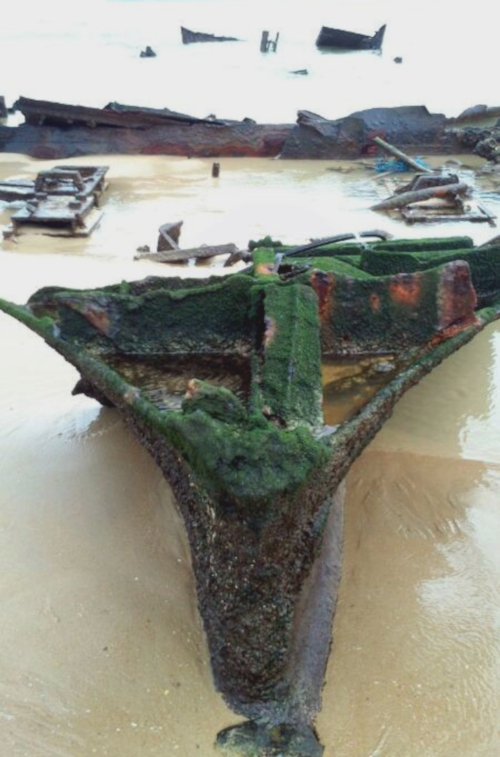


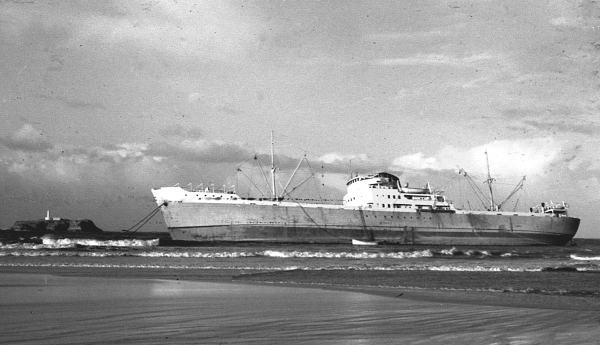
| Shipyard / Year | Richardson, Duck & Co. / 1914 | |
| Name | Sicily | |
| Owner / Year | M.A. Embiricos | |
| Name | Pagasitikos | |
| Owner / Year | Soc. Com. d'Affretements et de Comm. | |
| Name | François | |
| Owner / Year | Gobierno Español / 1937 | |
| Name | Vigo | |
| Owner / Year | Gerencia de Buques Mercantes / 1939 | |
| Name | Castillo Andrade | |
| Until 1945 | ||
| Dead weight | 4,722 | MT |
| Gross register | 3,457 | GRT |
| Length | 116.0 | mtr |
| From 1951 - Converted to reefer vessel | ||
| Dead weight | 6,000 | MT |
| Gross register | 5,507 | GRT |
| Length | 122.7 | mtr |
| Breadth | 14.6 | meters |
| Depth | 10.8 | meters |
| Propulsion | ||
| Until 1945 | Reciprocating triple expansion | |
| Power | 1,400 | H.P. |
| From 1951 | Diesel engine MAN G8VN84 | |
| Power | 1,980 | H.P. |
| Incorporated | 1942 | |
| Name | Castillo Andrade | |
| Name 1951 | Antartico | |
| Wrecked | 06/10/1959 - Santander | |
